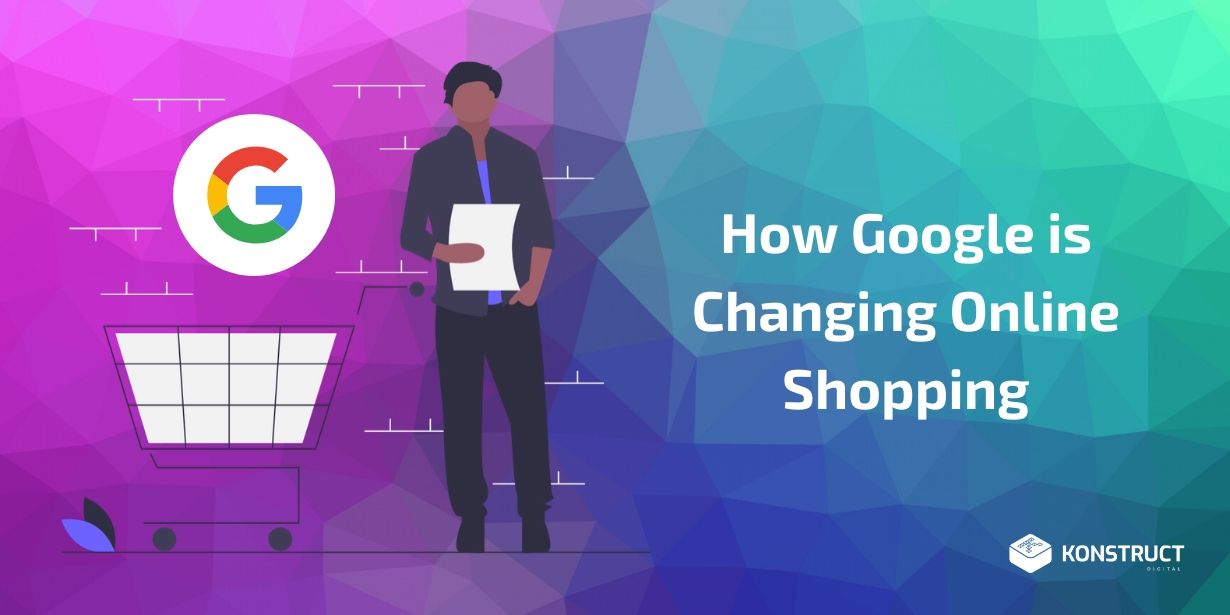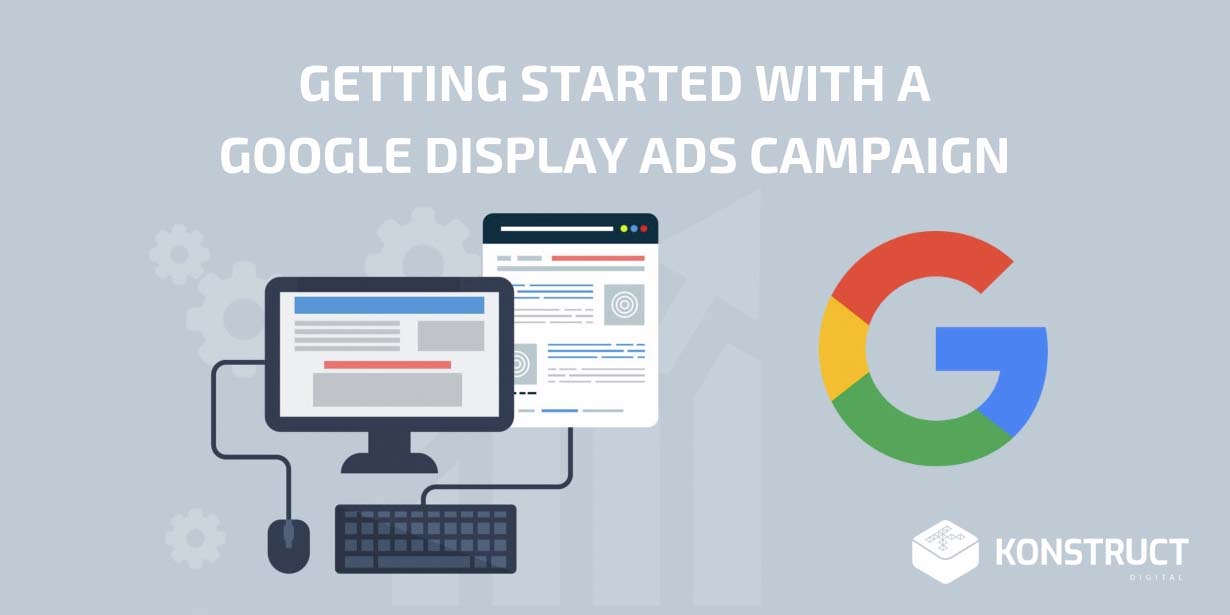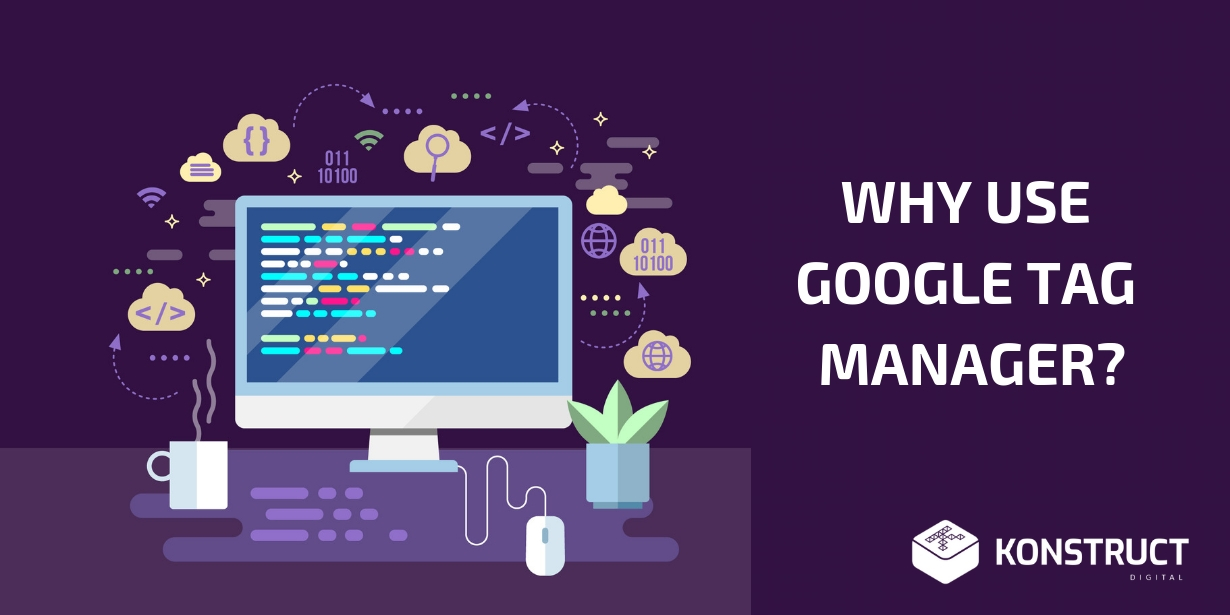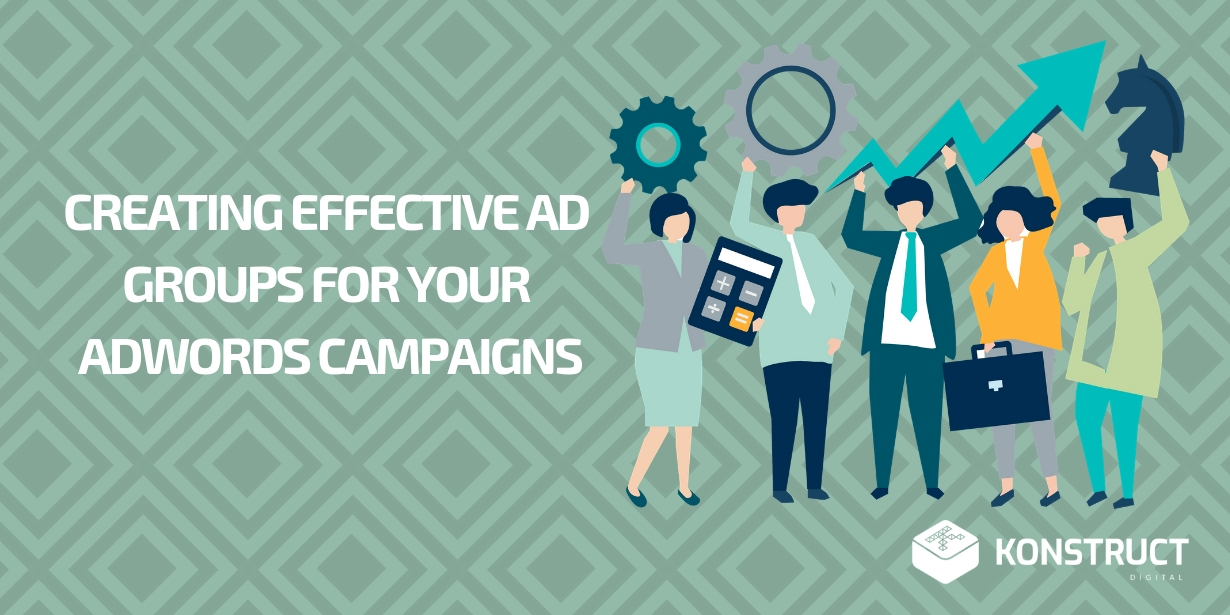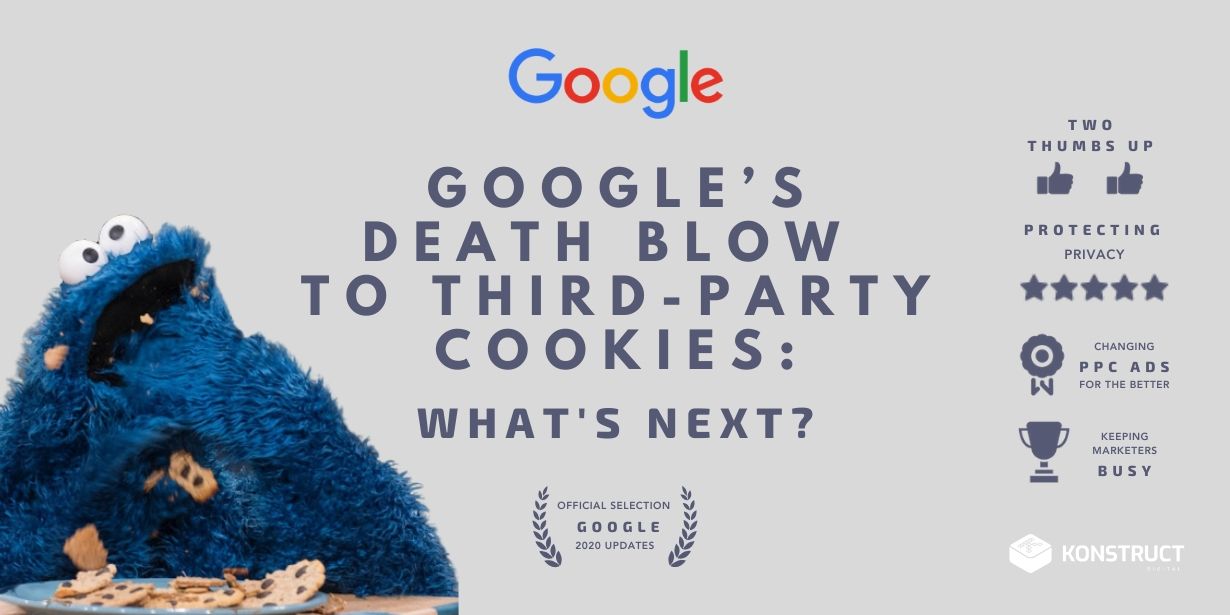Disclaimer:
Facebook is now Meta, but the target keyword “how to target Facebook ads” has much more opportunity than “how to target Meta ads”. You know us, always looking for ways to stay relevant and on top of the SERP space. But, in case you missed Facebook’s transition to Meta, check out our social post, Facebook Has Rebranded As Meta.
Now, let’s get this show on the road and talk about all things Facebook (Meta) ads targeting.
What Does Targeting a Facebook Ad Really Mean?
When you’re targeting a Facebook ad, you’re looking to find the right audience that is most likely to engage with your ad. Your target audience will look a little different depending on your product, service, or overall industry. Deciding on who to target depends on what level of the marketing funnel you want to reach in your sales journey.
Here’s a quick look at what this marketing funnel looks like:
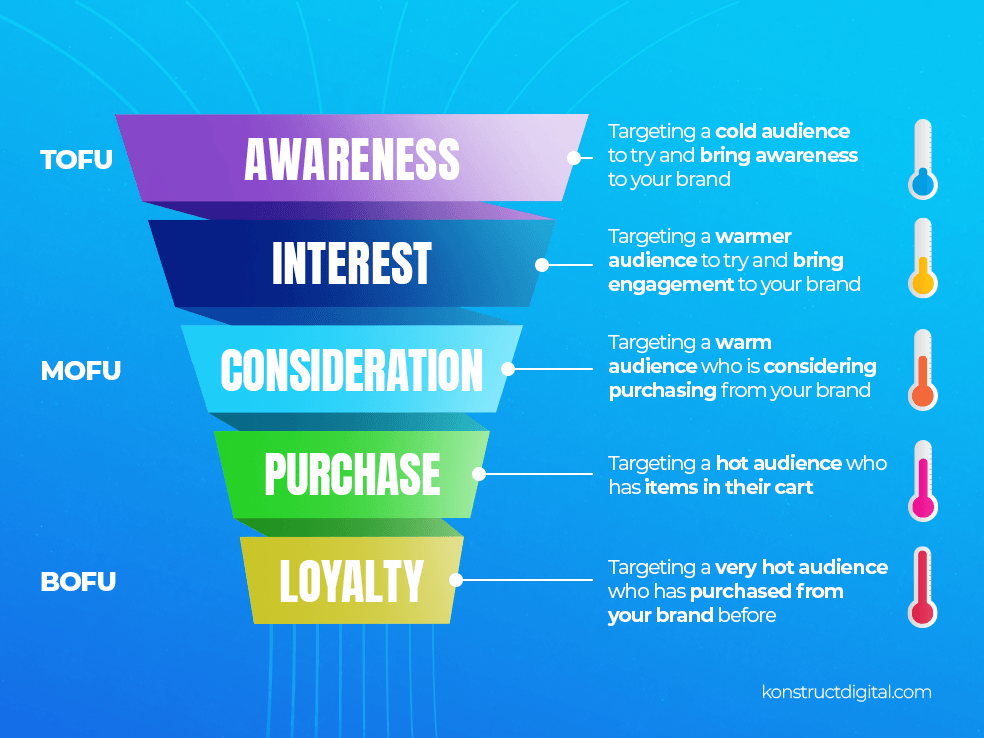
Basically, you’re targeting a specific audience from your sales funnel in hopes that at the end of the day, they convert.
Why Should I Target Facebook Ads?
Imagine stopping drivers in the middle of the road trying to sell them home insurance.
Makes absolutely no sense, right?
Those people are just going to drive right past you without looking twice.
It’s the same thing with Facebook ads. There are billions of users on FB (3 billion, to be exact), and if you aren’t targeting the right people in the right place, they will scroll right past your ad without hesitation.
Targeting Facebook Ads allows you to reach the most relevant users for your ads and see a better click-through rate or engagement rate. And it’s no secret that people are more likely to engage with an ad if it’s specific to them.
For example, if you work for a manufacturing company and get an ad for cutting-edge industrial machinery, you’re likely to click on it. Whereas, if you work for a SaaS business and were getting ads for industrial machinery, you most likely wouldn’t engage with the ad. So, by targeting Facebook ads, you create better sales results in the long run.
Also, with properly targeted ads, you will spend less to see better sales results, which will improve your return on ad spend (ROAS).
For some extra context into Facebook ads, let’s take a look at some Facebook ad stats Hootsuite thinks we should know:
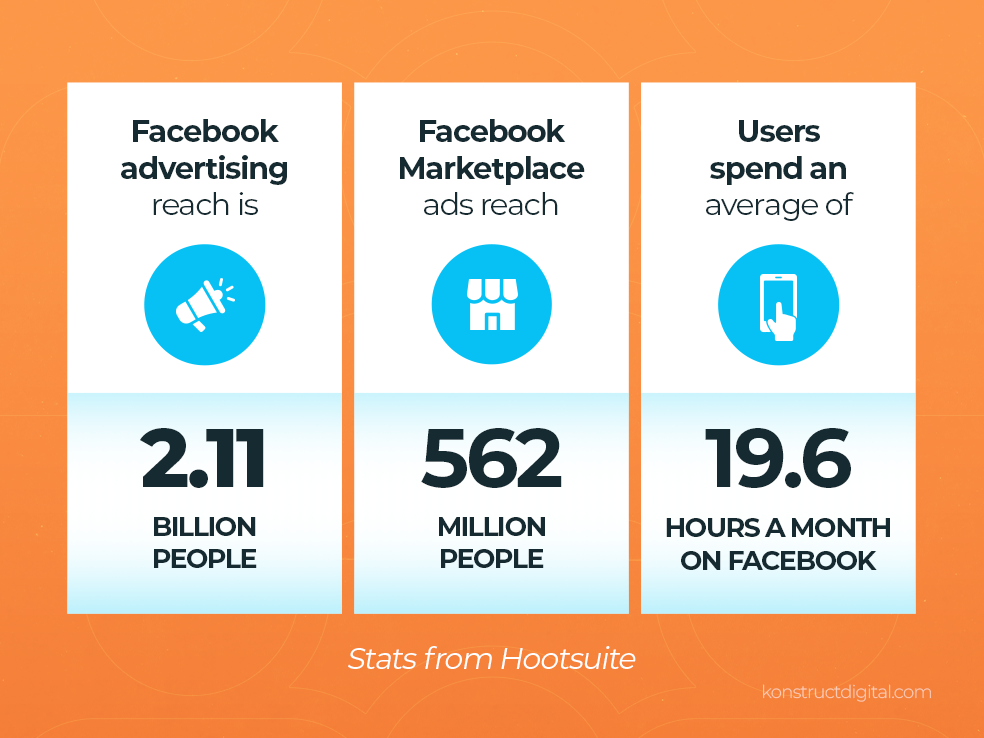
Now that you understand the what and why of targeting Facebook ads, let’s answer the big question: Who is my target audience?
Targeting The Correct Audience (Facebook Users)
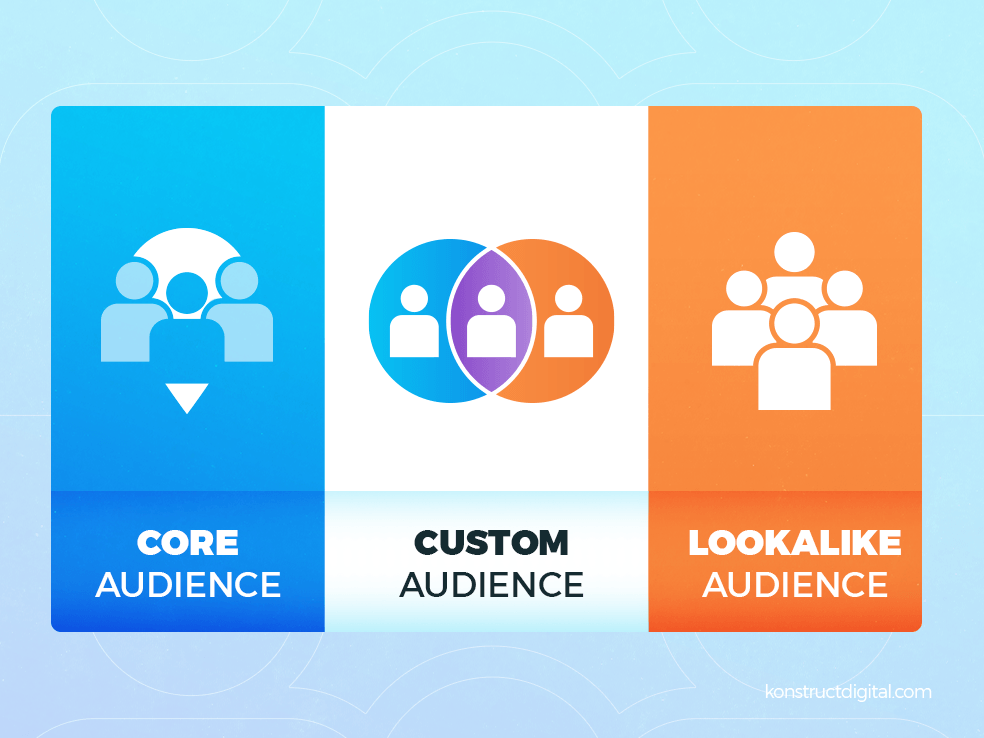
So, you might understand your general target audience, but do you know all of the specific characteristics of your target audience? If not, GA4 is a solid place to start. In GA4, you can look at your audience’s interests, which will tell you a good deal about your target audience.
Facebook audience insights is another tool that can provide aggregate information about Facebook users.
Once you know exactly who you’re supposed to target, you can set up your ads. When setting up Meta ads, you have 3 audience types to choose from:
- Core audience
- Custom audience
- Lookalike audience
Let’s break those down.
Core Audience
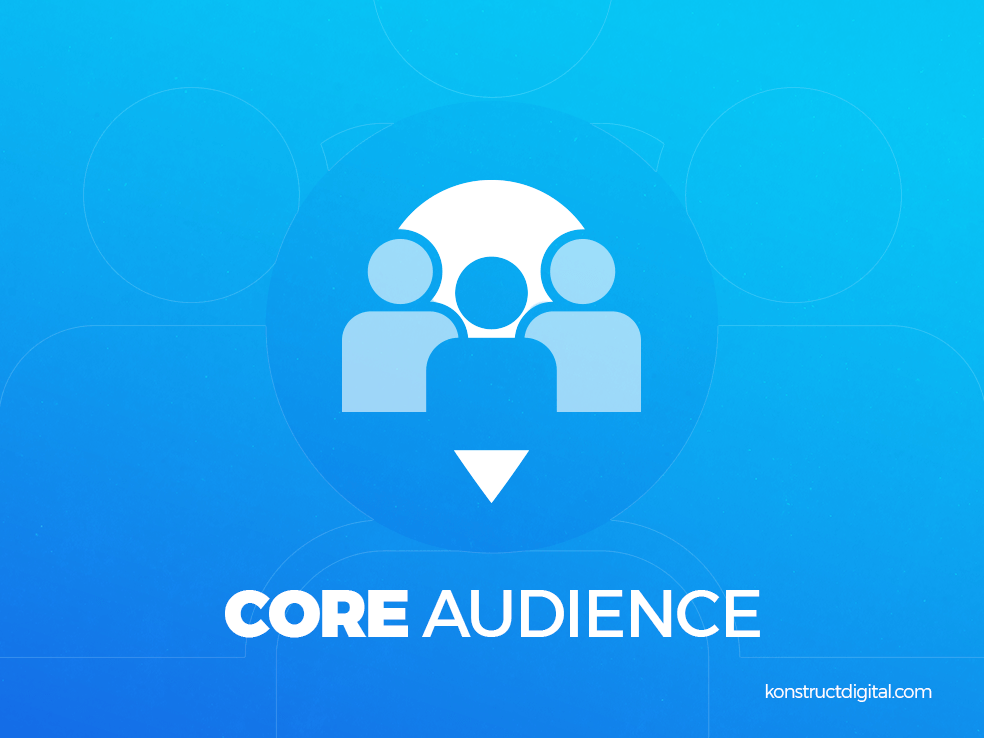
The Core audience is a targeted group of people based on their location, demographics, behaviours and interests. Let’s break down these ad audience groups a little bit more.
Location
Within your core audience, you can set geographical locations as specific as postal codes or as wide as countries. You can even drop pins and create a specific radius around the business location (this is more of a B2C ad strategy). Typically, local businesses that sell products will target small regions, whereas larger B2C or B2B companies may want to be known across Canada, so they will target a larger area.
Demographics
Demographics are another variable of your core audience. You can divide demographics into a couple of categories, including:
- Age (18-65+)
- Gender
- Race
- Ethnicity
Let’s quickly take a look at what the Facebook audience looks like. Here are the demographics we should know about Facebook users:
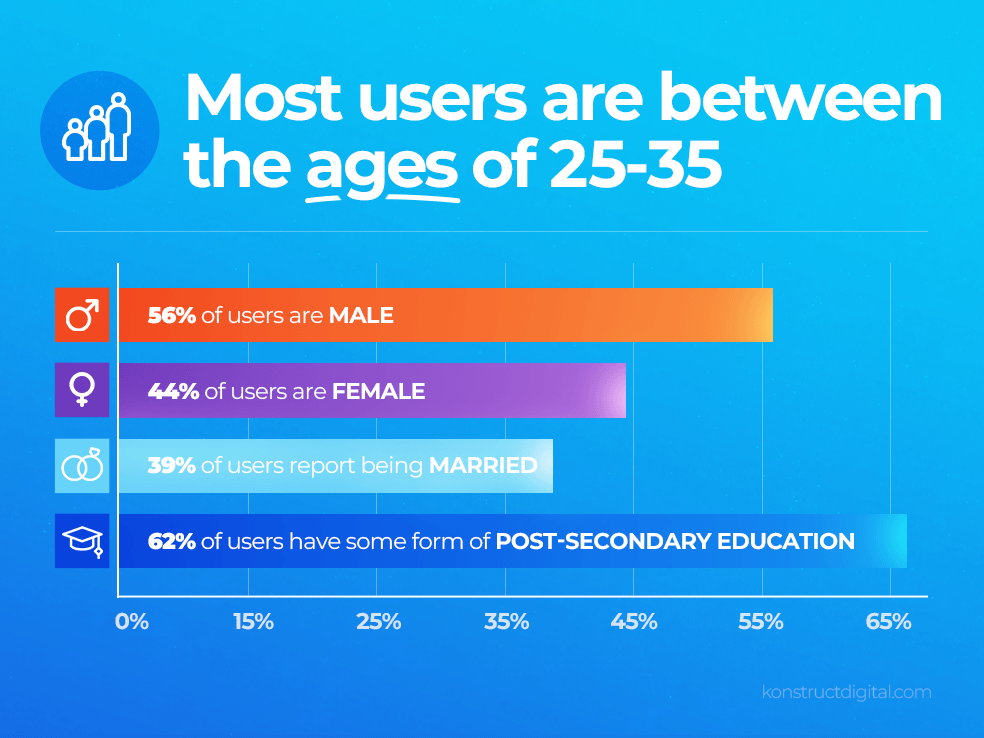
Behaviour
Behaviour is based on your audience’s physical behaviour. This information is pulled from Facebook, especially when users update and actively post on their profiles.
If you’re a Facebook user, you probably have that one friend or family member who posts on their Facebook page as if their life depends on it (if you don’t, it’s you). All the power to them (or you), but chances are Facebook’s ads manager has targeted them down to a T (if they allow Facebook to track them).
Interests
Interests, another subset of your core audience, is exactly how it sounds; the user’s interests. This is very similar to behaviour. As mentioned above, because people can opt out of being tracked, interests aren’t always a great component to base your ads around.
An example of interest would be someone who loves cuisine. If they love Thai food or Chinese food, you can target those interests. When you’re setting up your ad, once you add in a few interests, Facebook will provide you with some suggestions of what they think might be helpful based on audience insights and the information you’ve outlined.
Custom Audience
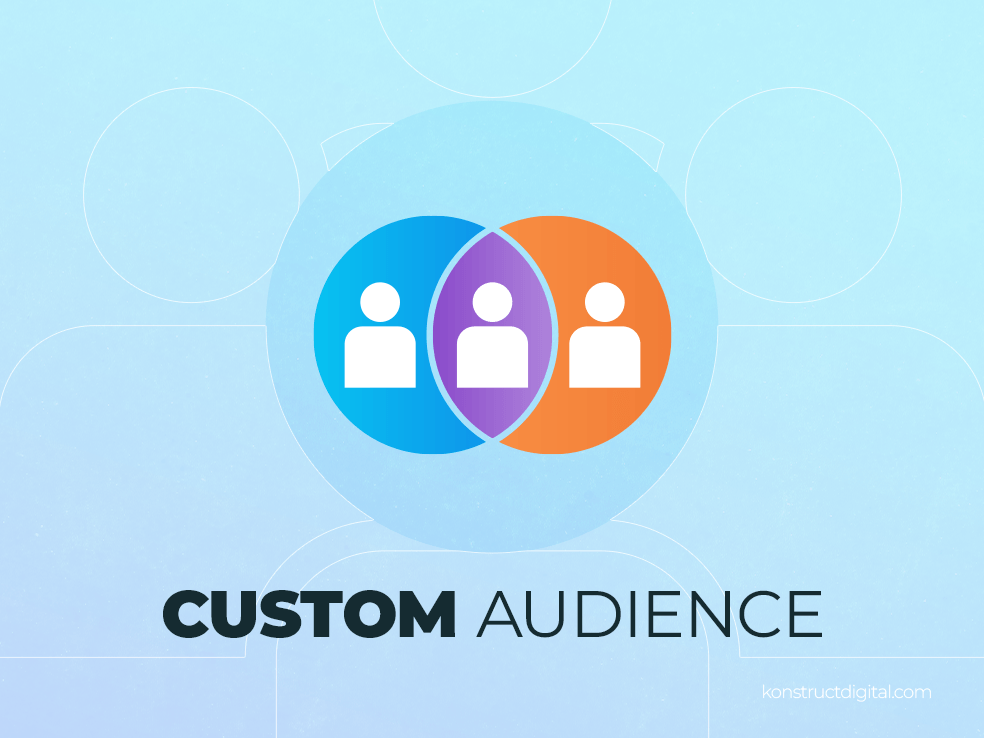
When targeting a custom audience, you’re basically turning into Sherlock Holmes. Not only do you know who your audience is, but now you’re lifting that magnifying glass and really understanding and analyzing their engagement patterns.
Your custom audience is an audience you create based on specific actions.
You can create this based on Facebook’s information, or you can upload your own information about your target audience. With Facebook custom audiences, you can do a lot more remarketing than you can with your core audience.
For example, if you create a custom audience based on people who visited your site in the last 30-60 days, you can remarket them until they convert. It is typically more of a MOFU or BOFU approach. Whereas your core audience is more TOFU.
Types of Custom Audiences
Within your existing custom audiences, you have different types of audiences. Instead of demographics, location, behaviour and interests, you can target your audience based on these factors:
- Website Traffic – those who have been on your website
- Contact Lists – those who allow you to obtain their email addresses (oftentimes for newsletters)
- App Users – those who have been on your app (similar to site visitors)
- Offline activity – those who interacted with your business in store, over the phone or by other offline channels.
- Catalogue – those who interacted with your catalogue
- Engagement Audiences- those who have engaged with your content. For example, through:
- Video views
- Facebook pages
- Instagram account
- Events
- Shopping experience
- Lead forms
Lookalike Audience
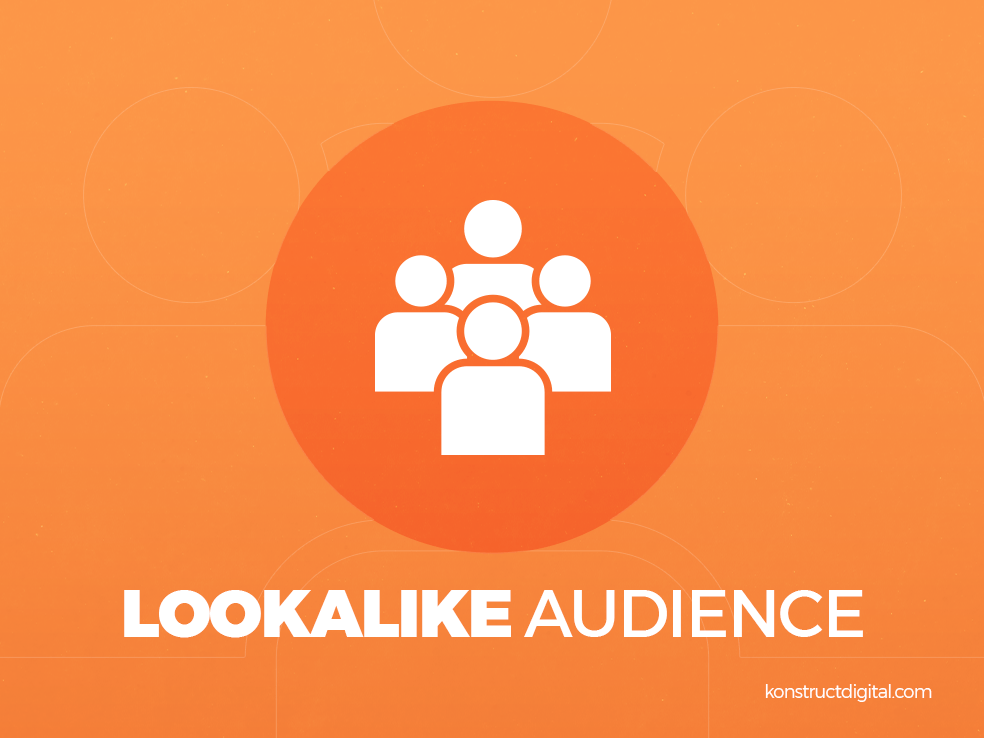
The last form of target audiences is Facebook lookalike audiences.
Luckily, this one is quite easy to understand. Basically, your lookalike audience is a copy of your custom audience but for a new group of people. Facebook finds this group based on a pattern of similarities in your custom audience, and then it finds more people with the same attributes.
When creating your lookalike audience, you have a choice between creating a 1-10% lookalike. Meaning, that a 1% lookalike audience is 99% similar to your custom audience. Whereas, if you use a 10% lookalike audience, it’s 90% similar to your custom audience.
It’s much more common to use 1% of your lookalike audience (because they are the most similar), but it all depends on your ad campaign goals.
Personally, custom and lookalike audiences are my favourite because you have a better chance of targeting people who will actually convert from your ads.
Things to Keep in Mind With Facebook Ad Targeting
Now that you have a better idea of targeting Facebook ads based on your target audience, you need to be aware of a few key things.
Being Too Narrow With Your Target Audience
Narrowing your target audience too much puts you at risk for a couple of things:
- Over-delivering to one group
- High ad frequency
- High ad fatigue
Also, if you’re too narrow, Facebook can have a hard time finding your target audience.
When you’re setting up your core audiences, you can layer aspects of it.
Say you want to target people who are interested in procurement software solutions. You may want to add a layer that targets people interested in cloud-based procurement software, then maybe you dive into a specific brand of cloud-based procurement software. Whoever you’re targeting must fit into that exact category, which could be quite difficult.
Once you start adding all those layers, the audience size will become pretty small, and Facebook will have a hard time trying to figure out who to actually deliver the ad to. (Meta recommends an audience size between 2-10 million people. (Meta)
Picking the Wrong Interest
Going back to what was mentioned above, you must make sure your interests are aligned with who your audience is and what you’re selling. If we refer back to the industrial manufacturing example, you want to make sure you’re targeting those who work in the manufacturing industry. This is where custom or lookalike audiences play a better role than core audiences.
Exclusionary Audiences
Exclusionary audiences are those you DON’T want to run your ad to. Here are some examples of who might be the wrong audience for your Facebook campaigns:
- Let’s say you were setting up an e-commerce funnel and wanted to target people who had been on your site in the last 60 days but hadn’t purchased anything. You would exclude any existing customers that have made a purchase.
- If you were setting up a campaign targeting your lookalike audience of 2% and you already have a campaign targeting your 1%, you would want to exclude your 1% audience from the 2% campaigns. When you set up a 2% audience on Facebook, it automatically includes the 1%, so you don’t want to target the 1% twice.
- If you were targeting oil and gas industry professionals, you’d probably exclude people in the automotive industry.
Why would you run ads to people you know won’t click on them? That’s like messaging Mark Zuckerberg on Instagram or Facebook. He probably won’t reply. Don’t waste your time or money on Facebook audiences that should be excluded.
How a PPC Specialist Can Help Target Your Meta Ads
How do you feel about targeting Meta ads? I know, I know, there’s a lot to think about when it comes to targeting ads, but that’s the fun of it, right?
If you’re confused about how to target ads, let Konstruct help!
Our PPC Specialists know how to reach your audience in the full marketing journey to ensure you reach all funnel levels, not just TOFU.
Do you remember how spot-on Katniss Everdeen was in The Hunger Games when she hit archery targets? That’s like our PPC Specialists when they target ads. Although they aren’t using bows and arrows, they’re great at hitting the bullseye every time they target your audience.
If you’re struggling to create an accurate Facebook ad targeting strategy for your audience, contact us. We have helped many businesses with their ads, and we want to help you too.



